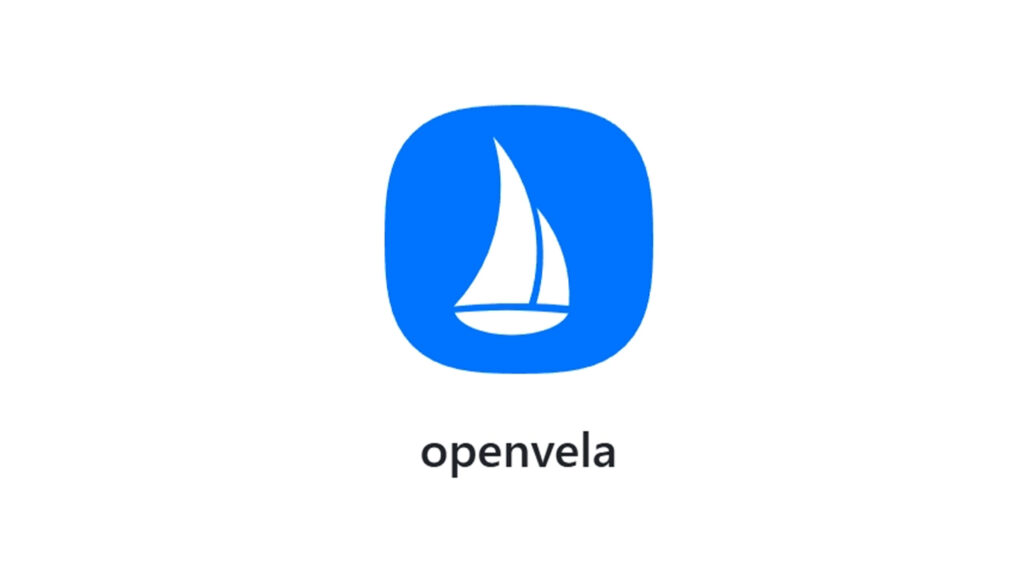It was announced officially by Xiaomi that the code to Vela was now open-sourced, launching the OpenVela project on platforms such as GitHub and Gitee under the Apache 2.0 protocol, marking one of the major furtherances of its IoT ecosystem and global developer collaboration.
What is the Xiaomi Vela System?
The Vela system is based on NuttX, a small footprint real-time operating system, which is an open-source OS. It is designed to be an embedded software platform that will drive IoT development. With very low memory of 8KB, it’s highly performing and very flexible; it also runs several different CPU architectures and many-core SoCs. Today, the usage of Vela covers more than 1,000 types of smart home and wearable product SKUs, reflecting the versatility. The name “Vela” is an inspiration from Latin, meaning sail and also the name of a southern constellation, symbolizing the same notion of setting sail together for a brighter future in IoT innovation.
OpenVela: The Open Source Initiative
OpenVela is an open-source version of the Xiaomi Vela system, having the same code base but intended to enable developers around the world. Following the core principles of light-weight architecture, security, and high scalability, OpenVela is designed to be able to meet the different needs of IoT applications. It runs on a multitude of hardware architectures, including but not limited to ARM32, ARM64, RISC-V, Xtensa, MIPS, and CEVA, with C/C++ as the main programming languages, while enabling the fast development of applications in JavaScript.
OpenVela Key Features
- Highly Scalable and Modular: OpenVela supports a wide range of IoT scenarios, from micro BLE modules with 32KB RAM up to advanced smart devices with 256MB RAM.
- Heterogeneous Computing Support: Smoothening inter-processor communications between MCUs, GPUs, NPUs among others for flawless operations over multi-core environments.
- Standard Compatibility: Based on Apache NuttX, OpenVela is compatible with 88% POSIX and thus can easily port software from systems like Linux with minimal changes.
- Full Connectivity: It supports protocols such as Bluetooth, WiFi, Matter, LTE Cat1, and others and can connect seamlessly with Xiaomi’s HyperConnect for extended interoperability between devices.
- Rich Development Tools: Rich tooling, such as debugging, performance analysis, and system monitoring, creates seamless development workflows for the developers.
Integration with Android and HyperOS
The goal is to increase the integration of OpenVela with Android systems, such that smartphones and IoT devices work harmoniously, while also working in tandem with HyperOS, Xiaomi’s operating system, to enhance the user experience for its product ecosystem.
Looking Ahead
The more Vela opens, the wider scope of collaboration and innovation can be expected in the field of AIoT that Xiaomi will open up. Project OpenVela is considered the base foundation for IoT development: offering a powerful, flexible, and developer-friendly platform.
For those who would like to dive right into the OpenVela ecosystem, the project now lives on GitHub and Gitee at the following addresses:
With this commitment to open-source development, Xiaomi is signaling its vision: a boost for the global IoT developer community while nudging smart technology forward.


 Emir Bardakçı
Emir Bardakçı


